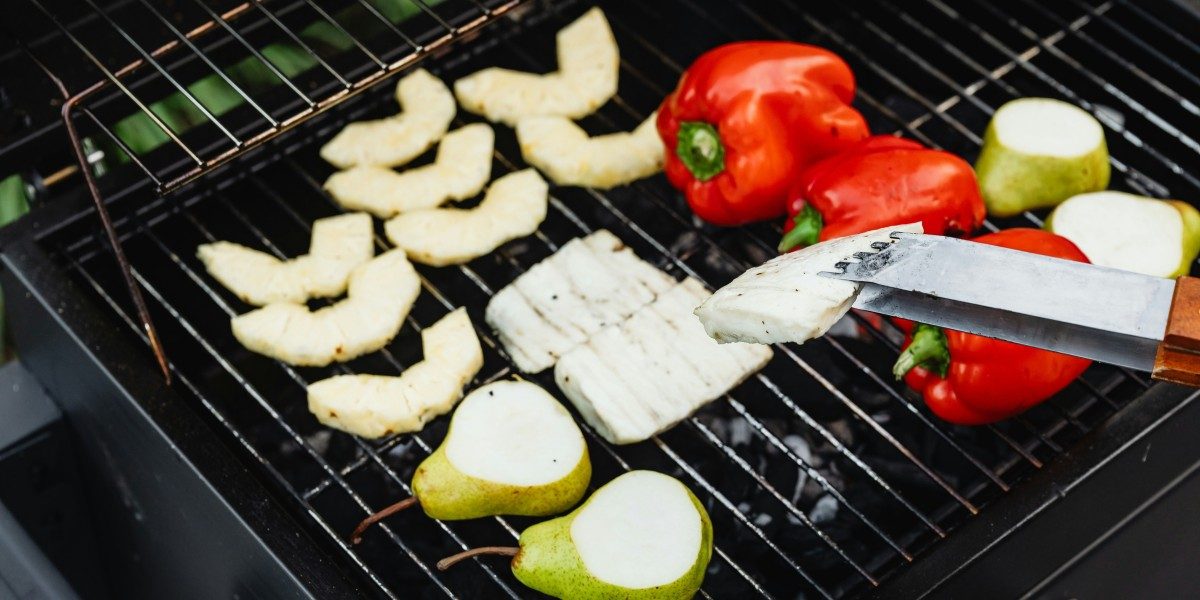Grilling with charcoal brings out deep, smoky flavors that gas grills simply can’t match. However, one of the biggest challenges for beginners is controlling temperature. Unlike gas grills, where you can turn a knob, managing heat on a charcoal grill requires a bit more skill.
So, how do you keep the temperature steady?
How do you prevent flare-ups or cool spots?
Let’s dive into the best ways to control temperature on a charcoal grill and make every cookout successful.
Understanding How Charcoal Grills Generate Heat
Charcoal grills create heat through burning briquettes or lump charcoal, which radiates heat across the cooking surface. The temperature is influenced by several factors, including the amount of charcoal used, airflow, and grill setup. Once you understand these basics, controlling the heat becomes much easier.
Setting Up the Charcoal for the Right Heat
The way you arrange your charcoal plays a significant role in temperature control. Choosing the right setup is crucial whether you’re cooking low and slow or searing at high heat.
Direct vs. Indirect Heat
- Direct Heat: Spreading charcoal evenly across the bottom of the grill generates high heat, ideal for searing steaks, burgers, or hot dogs.
- Indirect Heat: Arranging charcoal on one side and leaving the other side empty creates a cooler zone. This setup is perfect for cooking larger cuts like ribs, chicken, or brisket without burning them.
Using a two-zone fire allows you to move food between high and low heat, making it easier to control cooking times.
Managing Airflow for Temperature Control
Airflow is the key to controlling heat. Charcoal burns hotter when there is more oxygen and cools down when airflow is reduced. Most charcoal grills have two types of vents:
- Bottom vents: Control how much oxygen enters the bbq grills. More open vents increase heat while closing them lowers it.
- Top vents: Allow smoke and heat to escape. Keeping them partially open helps maintain steady airflow and prevents stale smoke from affecting the flavor.
For high-heat grilling, open both vents fully. For low and slow cooking, partially close the bottom vent to limit oxygen and lower the temperature. Adjusting these vents throughout the cook is essential for maintaining the correct heat.
Using a Lid to Maintain Steady Temperatures
Keeping the grill lid closed as much as possible helps stabilize temperatures. Every time the lid is lifted, heat escapes, causing fluctuations. If you need to check food quickly to avoid major heat loss.
For extended cooking sessions, use a grill thermometer to monitor the temperature without lifting the lid. Some charcoal grills come with built-in thermometers, but an external digital thermometer provides more accuracy.
Adjusting Charcoal Placement During Cooking
You might need to adjust the charcoal during grilling to maintain the desired temperature. If the grill gets too hot, spread out the coals to reduce intensity. If more heat is needed, push the coals together or add fresh charcoal.
Another effective method is using a water pan. Placing a pan filled with water inside the grill helps regulate heat by absorbing excess energy and releasing moisture, preventing the grill from overheating.
Keeping a Consistent Temperature
Maintaining a steady temperature throughout your cook ensures even cooking and great results. Here’s how:
- Monitor the grill’s temperature regularly using a thermometer.
- Adjust vents gradually instead of making drastic changes.
- Add charcoal in small amounts if needed to sustain longer cook times.
- Use a water pan to prevent sudden temperature spikes.
Mastering Temperature Control for Every Cookout
Learning to control temperature on a charcoal grill takes practice, but once you get it right, you’ll have the confidence to cook everything from perfectly seared steaks to slow-smoked barbecue. With the right setup, careful airflow adjustments, and proper charcoal management, you’ll be grilling like a pro in no time.
Published by Stephanie M.


















